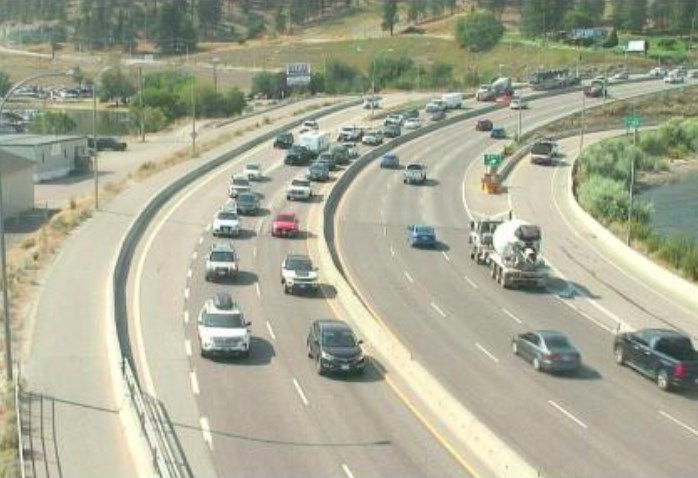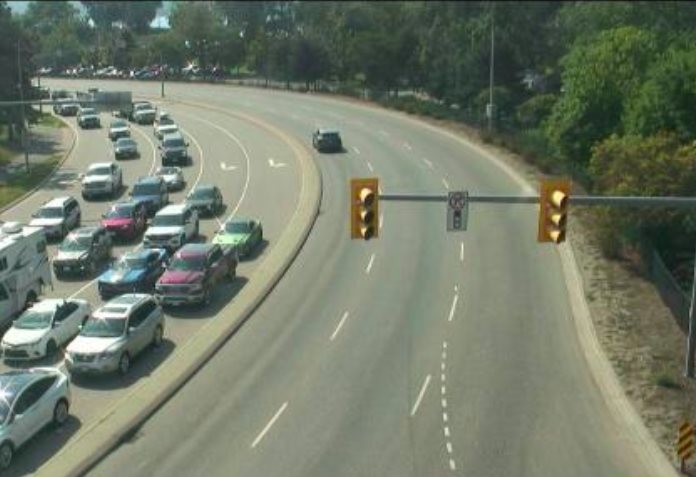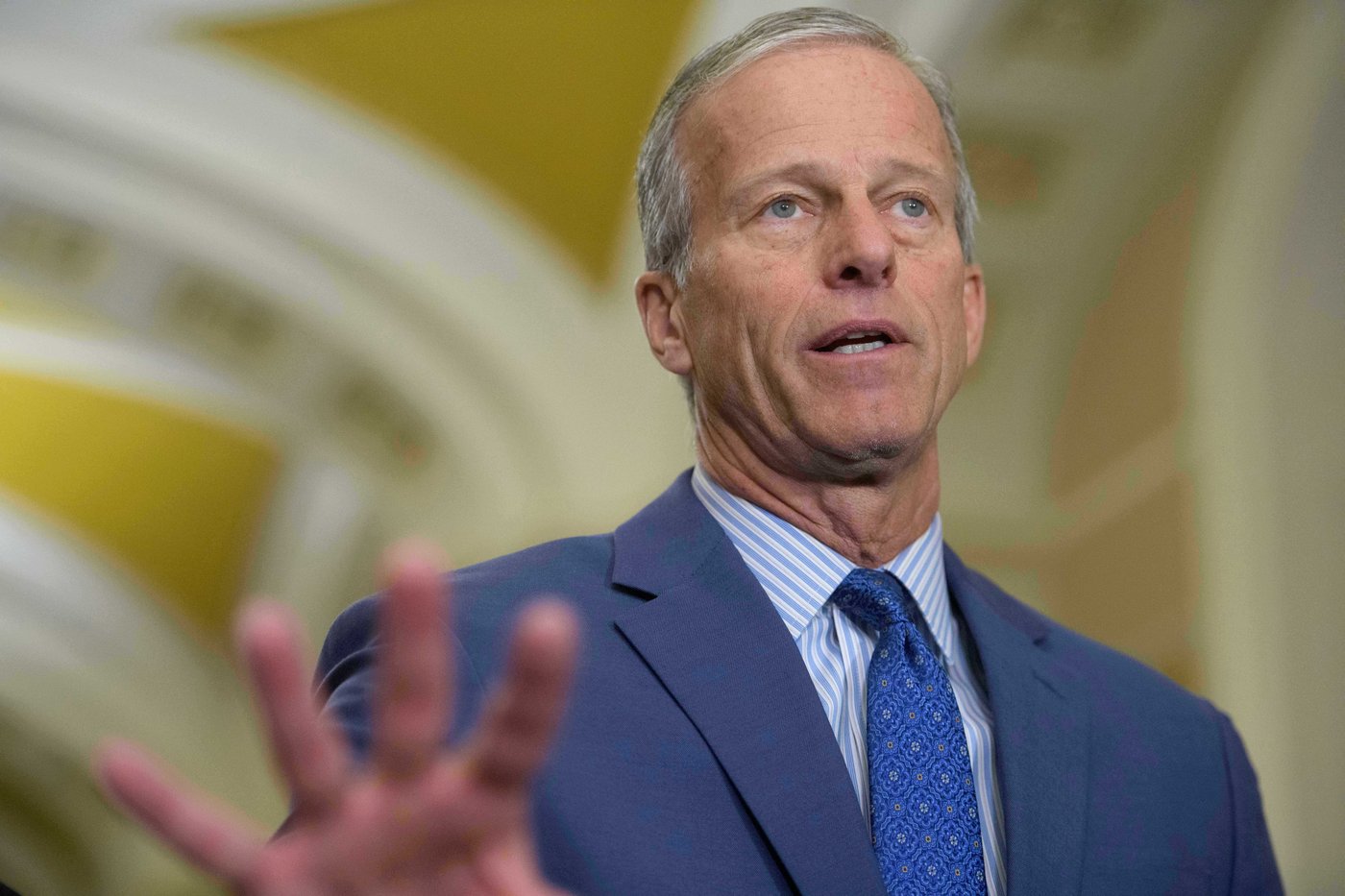How Westsiders are keeping Kelowna's Bennett bridge 'useable'

If there’s one thing that all Okanagan residents have in common, it’s their dread of travelling through the Central Okanagan and over the Bennett bridge.
Just this week, a moderator for the Lakeview Heights Neighbourhood group sought support for a petition campaign pushing for improvements to the whole infrastructure surrounding the bridge.
She got lots of support but the reality is, the numbers just don’t back the perception that bridge traffic is the worst it has ever been.
Traffic across Okanagan Lake levelled off in 2017 and dropped slightly by 2019 – before anyone had ever heard of COVID.
“We did a study looking at 2013 to 2018 and households on the Westside just made fewer trips per household,” Maria VanZerr, the City of Kelowna’s strategic transportation planning manager, who was involved in the recently-adopted and first-ever Regional Transportation Plan, told iNFOnews.ca.
"That can be due to all kinds of things, like aging demographics that makes fewer tips during the morning and afternoon rush. It could be things like e-commerce. Transportation is very dynamic and lots of things influence it.”
READ MORE: Transit, not a second crossing, is the solution for Central Okanagan's bridge, highways: planners
An ageing demographic may be a factor.
The 2021 census pegged the average age of West Kelowna residents at 43.3 years, up from 43.1 years in 2016.
Another factor may by a dramatic growth in West Kelowna businesses.
The number of business licences issued by the City of West Kelowna fluctuates by 100 to 200 a year, but in 2018 the city issued 2,178 permits, a huge jump from the 1,554 the year before.
That doesn’t include the shopping malls on Westbank First Nation lands.
That also doesn’t account for the fact that big chains like Walmart, Canadian Tire, Home Depot and London Drugs all opened much earlier, from 2006 to 2008.
More likely, what really happened is that many West Kelowna residents got so fed up with the congestion along Highway 97 and the bridge that they just gave up driving to Kelowna. Or, at least, they cut back dramatically on the number of trips they made along that route.
“We used to go all the time,” former West Kelowna mayor and soon-to-be former city councillor Doug Findlater told iNFOnews.ca. “Now, many of us stay on the Westside or go to Penticton for some services or for some shopping.”
A Penticton city planner recently told iNFOnews.ca that quite a number of West Kelowna residents drive to Penticton Airport when they want to fly out of the Valley in order to avoid the gridlock and dozens of traffic lights on the way to Kelowna International Airport.
When forced to go to Kelowna, usually for things like medical appointments, Findlater and his wife now “bundle” their trips so they run a number of errands when they’re on the east side of the lake.
The Bennet bridge opened in 2008 with a capacity of 80,000 vehicles a day.
READ MORE: If you think Bennett Bridge is crowded now, just wait until it actually fills up
The average daily traffic over the bridge in 2009 was 49,558. The Central Okanagan population at that time was about 180,000.
Over the next four years, volumes didn’t change much, only growing by about 1,000 per day by 2013, despite steady population growth.
Then traffic volume rates started picking up by 3-5% a year over the next four years before flattening out, starting in 2017.
The peak year for traffic volume was 2018, which averaged 59,218 trips per day. That was only up seven trips per day from the year before. In 2019 – the last full pre-COVID year – volumes actually dropped slightly, by an average of 21 trips a day.
Of course, COVID caused a dramatic drop in traffic everywhere but it is quickly rebounding.
The latest data on the Ministry of Transportation and Infrastructure webpage only goes to June.
The bridge averaged 64,480 trips per day in June of this year, compared to the 65,764 in the peak year of 2018, a difference of 1,284 trips per day.
These numbers are considerably higher than the numbers cited for early years because those are averaged over an entire year. Volumes drop down in winter and spike in summer.
The population of the Central Okanagan, as of the 2021 census, was more than 206,000 residents, a growth of 26,000 since 2008.
Over that same time period, average daily traffic on the bridge grew by 7,800.
If the Central Okanagan continues to grow at the 14% rate in the last census period and the bridge traffic grows at the rate it did during its lifetime, it could easily surpass its 80,000 trips per day capacity by the time the 2031 census results are tabulated.
That's just looking at June. Peak summer travel days are already above 75,000.
Just because Westsiders have helped to keep the bridge from ever going over capacity by avoiding travel over the past few years, the population continues to grow and the Westside is not immune from the need to cross over.
“It’s a regional economy,” Findlater, who has long been an advocate for a second crossing of Okanagan Lake, said. “We’re served by Kelowna General Hospital, Okanagan College and UBCO as big institutions so people will keep coming from West Kelowna to Kelowna. There are some things that need to be done.”
To contact a reporter for this story, email Rob Munro or call 250-808-0143 or email the editor. You can also submit photos, videos or news tips to the newsroom and be entered to win a monthly prize draw.
We welcome your comments and opinions on our stories but play nice. We won't censor or delete comments unless they contain off-topic statements or links, unnecessary vulgarity, false facts, spam or obviously fake profiles. If you have any concerns about what you see in comments, email the editor in the link above.




